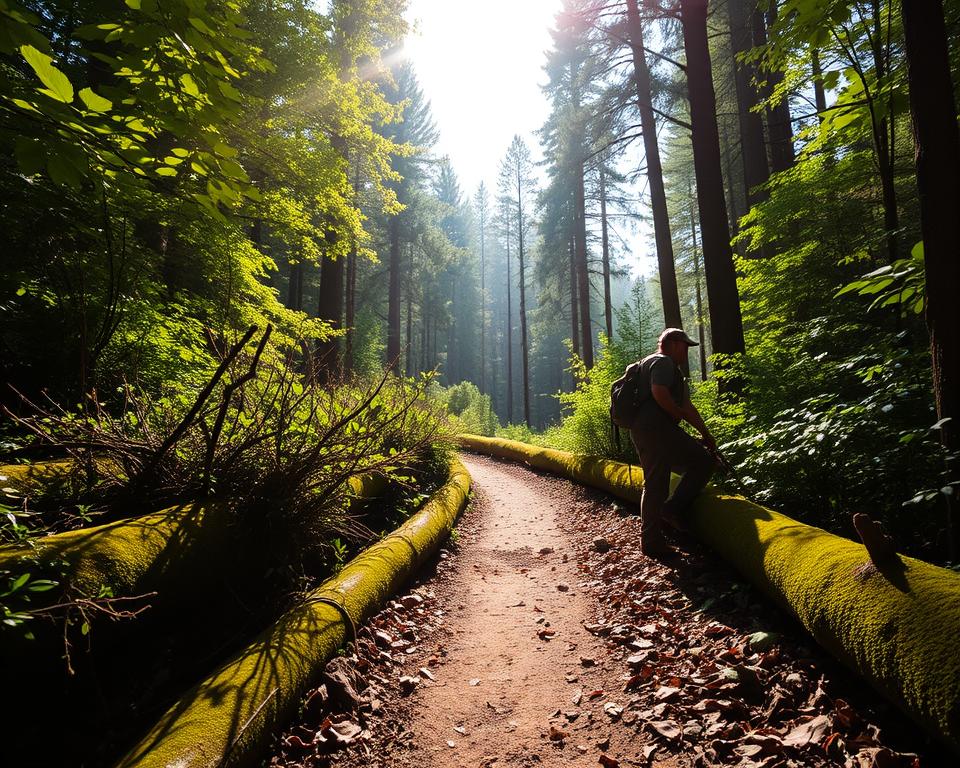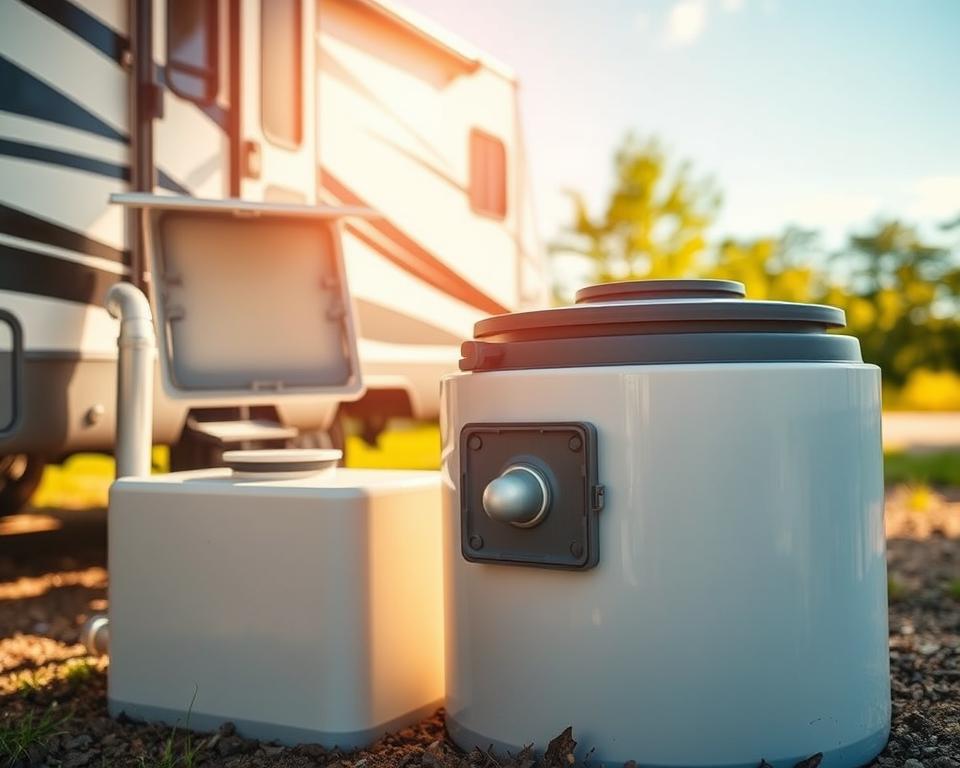Forestry Mulching Cost Guide for Whitney Landowners
Boost Real Estate Appeal by Removing Brush
Did you know that in excess of 80% of wildfires are set off by human actions? Thick vegetation substantially raises the hazard. Clearing underbrush is crucial for both property appearance and safety. It also improves usability. By prioritizing this crucial step, you can significantly transform your landscape and possibly raise your property’s value. This article will outline the necessity of land clearing services, its advantages, proven methods, and best professional services in the United States.
Key Highlights
- Removing underbrush is essential for estate improvement and safety.
- It helps in preventing wildfires and minimizes risks associated with dense vegetation.
- Proper undergrowth clearing boosts the curb appeal of your property.
- Brush control services can greatly increase estate value.
- Proper underbrush clearing can enhance land health and promote biodiversity.
- Professional services provide expertise that may be lacking in do-it-yourself projects.
The Importance of Underbrush Removal
Removing underbrush is vital for effective land management and property safety. Thick vegetation blocks access and hinders movement, making outdoor spaces less inviting. This barrier raises the risk of accidents, a concern in recreational areas or near structures.
Underbrush creates an environment for pests, posing threats to both plant and animal life. Regular maintenance reduces these risks, promoting healthier ecosystems. Underbrush clearing benefits go beyond looks; it keeps land usable for agriculture, wildlife habitats, or leisure activities.
A estate with excessive underbrush looks neglected, lowering its appeal and value. Prioritizing removal enhances the landscape and contributes to environmental health. Unmanaged underbrush can fuel wildfires, putting property and people at risk.
Benefits of Underbrush Removal
Clearing underbrush offers numerous benefits to estate management and environmental health. It lowers fire risks and improves land health. It also enhances the visual charm of properties.
Fire Prevention and Risk Reduction
Thick underbrush is a major fire hazard, especially in wildfire-prone areas. Clearing it reduces fuel sources and decreases wildfire risks. This safeguards structures and ensures a safer environment for people and wildlife.

Improved Land Health and Biodiversity
Uncontrolled underbrush can smother native plants and disrupt ecosystem balance. By clearing it, we allow native vegetation to gain more sunlight and nutrients. This leads to healthier land and supports biodiversity, helping various species thrive.
Enhanced Aesthetic Appeal
A tidy property not only looks good but also increases its value. Removing underbrush reveals the natural beauty of the landscape. It creates an inviting space that boosts estate appeal and neighborhood pride.
Clearing Underbrush for Land Enhancement
Clearing underbrush is a essential step in boosting property value. It not only enhances the appearance but also increases usable space. This makes it perfect for building, farming, or recreational activities. By removing unwanted plants, owners can open up areas for trails, gardens, or construction sites.
Implementing effective land enhancement techniques can turn neglected spots into vibrant, useful areas. Managing underbrush allows owners to raise their estate value. This opens doors for development and better land use.
Underbrush clearing offers many advantages: it makes the land more functional, supports biodiversity, and helps create healthy ecosystems. Owners can manage their land proactively, leading to long-lasting and beautiful landscapes.
Common Tools for Underbrush Clearing
Choosing the right tools for brush clearing is crucial to efficiency. A range of tools is available, each suited for different vegetation types and land sizes. Below are some of the most useful tools for brush removal.
Brush Cutters and Chainsaws
Brush cutters are intended for tackling thick brush. They come in manual, gas-powered, and electric models. Chainsaws are perfect for larger projects, cutting down small trees and thick underbrush. Always wear proper protective gear when using a chainsaw.
Machetes and Axes
Machetes and axes are great for lighter underbrush. These handheld tools are easy to carry, require no power, and are ideal for smaller jobs. They offer a simple way to clear land without heavy equipment.
Tractors with Brush Hogs
Tractors with brush hogs are perfect for large properties. They provide a rapid and efficient solution for underbrush clearing. This equipment is highly effective in commercial projects, handling dense vegetation quickly.
Techniques for Effective Underbrush Clearing
Implementing effective land clearing strategies can greatly improve a property’s appearance and health. The right underbrush clearing techniques matter most to an efficient and successful process. A structured approach ensures each step is doable and productive.
Planning and Assessment
A thorough evaluation of the area prepares the groundwork for efficient land clearing strategies. Identifying obstacles such as rocks, stumps, or protected plants helps concentrate on the most problematic vegetation. An organized plan prevents delays and promotes seamless execution during the clearing process.
Working in Manageable Sections
Breaking down vast areas into smaller, more manageable sections simplifies the task. This method allows for consistent progress while minimizing feelings of being overwhelmed. Each section can be tackled systematically, ensuring attention to detail is maintained throughout.
Utilizing Mulching Attachments
Incorporating machinery equipped with mulching attachments provides an productive solution to clearing underbrush. These machines shred the cleared vegetation into smaller pieces that can decompose on-site. This simplifies disposal and enhances soil health by returning nutrients to the ground, benefiting future plant growth.
Environmental Considerations in Land Clearing
Understanding the environmental impact of land clearing is vital. Landowners must assess how their actions affect local wildlife habitats and soil health. It’s important to adopt sustainable land clearing methods that maintain ecological balance.
Reducing machinery use during clearing can greatly lessen environmental harm. Manual techniques are often better for preserving ecosystems. Proper area assessment ensures compliance with conservation laws, safeguarding habitats for plants and animals.
Embracing sustainable land clearing practices supports the environment. These methods protect soil and ecosystems, promoting biodiversity. They also ensure a healthy environment for future generations.
Professional Land Clearing Services
Engaging professional land clearing services is essential for safety, efficiency, and adherence to local laws. Experienced contractors have the skills and tools for complex tasks. Their training in best practices minimizes risks from heavy machinery and ensures effective completion.
Hiring professional services delivers precise vegetation management techniques. These experts know how to manage underbrush while supporting eco-friendly practices and environmental standards. Their knowledge often leads to a better finish than DIY efforts, which might overlook safety and environmental measures.
By choosing seasoned professionals, property owners save time and ensure compliance with regional guidelines. Land clearing contractors use advanced equipment for faster and safer projects. Opting for professional services means a stress-free experience, with experts handling every detail.
Long-term Advantages of Underbrush Clearance
Removing underbrush offers significant long-term benefits, impacting both property value and the ecosystem. Understanding these advantages is key to effective landscape management.
Increased Property Value
Properties with regular maintenance and minimal underbrush are more appealing to buyers. Clean landscapes boost curb appeal, leading to elevated market values. Buyers see well-maintained environments as a sign of care, making the property more desirable.
Better Wildlife Habitats
Underbrush clearance creates healthier habitat for wildlife. It supports beneficial species and deters pests and invasive plants. This promotes biodiversity, essential for a balanced ecosystem, benefiting both flora and fauna.
Pest Infestation Prevention
Managing underbrush is essential for pest management. It removes hiding spots for rodents and insects, minimizing infestation risks. This approach reduces health risks and property damage, ensuring a safer living environment.
Comparing DIY vs. Professional Underbrush Clearing
Homeowners often weigh DIY clearing against professional services for land clearing. Each choice has its pros and cons. DIY clearing is attractive due to lower costs but demands labor and knowledge of the right techniques.
Without the right experience, DIY efforts can be inefficient and less effective. Professional services, on the other hand, offer expertise and the right tools. They understand local laws, environmental impacts, and how to do the job efficiently.
This knowledge leads to faster and more thorough results. While DIY might save money upfront, professional services ensure the job is done right, using the proper methods and equipment, providing long-term benefits.
Maintaining Your Property Post-Clearing
Post-clearing maintenance is crucial to keeping your property looking pristine for years. After removing underbrush, it’s vital to regularly check for signs of regrowth. This early detection ensures your landscape remains safe and attractive.
Proper upkeep involves a well-thought-out plan for managing vegetation. Regular inspections and assessments are critical. They help you stay on top of your land’s health, allowing for quick action when needed. This might include trimming, spot-clearing, or replanting native species to boost biodiversity.
Establishing” a routine for post-clearing maintenance can greatly reduce the risk of underbrush returning. Here are some strategies to consider:
- Conduct seasonal inspections to monitor vegetation health.
- Create a schedule for necessary maintenance tasks.
- Engage local professionals or services for more extensive property upkeep.
Following these maintenance practices helps maintain your property’s beauty and functionality. It also prevents problems caused by neglect. Prioritizing post-clearing maintenance leads to a sustainable environment and a more enjoyable space for everyone.
Importance of Regular Vegetation Management
Regular vegetation management is vital for keeping the benefits of brush removal. By adopting efficient strategies, property upkeep becomes a long-term investment. Regular checks and timely actions can stop unwanted plants from growing back too fast.
Landowners can lay a solid foundation for success by taking proactive steps that balance aesthetics with ecological balance. Regular maintenance not only promotes a healthy environment but also improves land usability, encouraging the growth of healthy plants, boosting biodiversity, and maintaining a attractive landscape.
By focusing on regular vegetation management, property owners can maximize their land’s value. A consistent routine of monitoring and re-clearing ensures the land remains both beautiful and ecologically sound.
To Conclude
Managing underbrush is vital for property maintenance, boosting safety, aesthetics, and usability. Whether you address it yourself or hire pros, your land’s full value can be realized. Regular underbrush management creates a safer, more beautiful space.
By embracing underbrush clearing practices, property owners experience lasting benefits: higher property values, improved ecological health, and enhanced community safety. It’s a proactive measure that protects the environment and supports wildlife.
Underbrush clearing is more than a cosmetic choice; it’s a crucial strategy for maintaining your property’s value and usability. Embracing these practices promotes ecological sustainability and a brighter future for your land and community.

